Chapter 6, 2D construction - Stagecraft
1/31
Earn XP
Description and Tags
LOCK THE FUCK IN
Name | Mastery | Learn | Test | Matching | Spaced |
|---|
No study sessions yet.
32 Terms
edge
the thickness of the material along the length of the board
end
the thickness of the material across the width of the board
face
the largest surface area of the material
identification of the various surfaces of boards/sheet goods
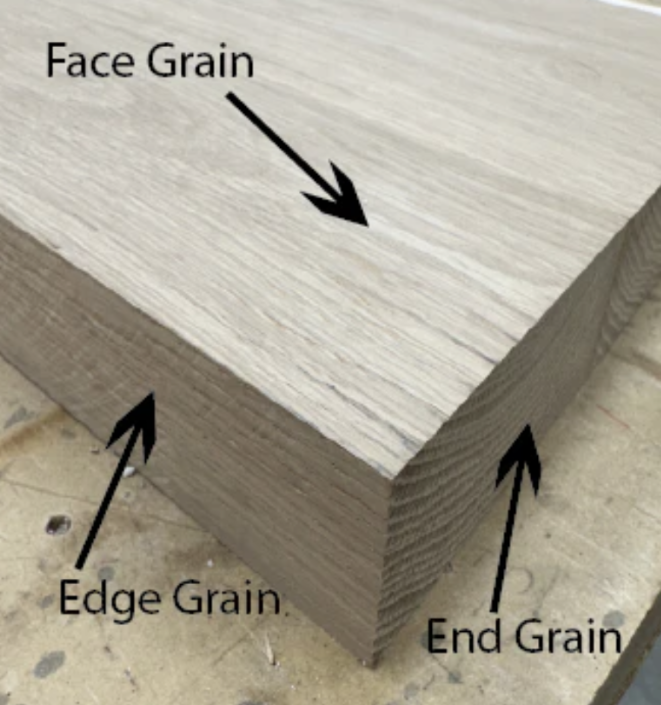
joinery
defines the method by which two pieces of material are joined together
End to edge butt
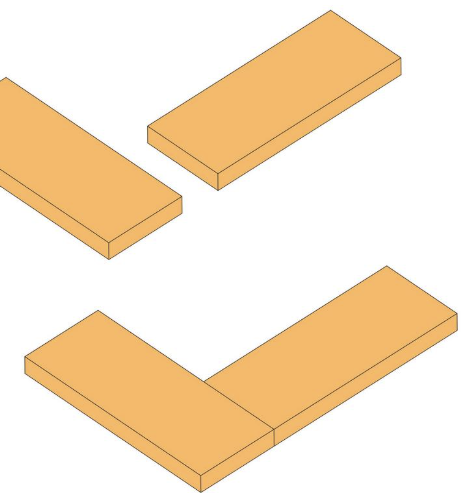
end to face butt

lapped
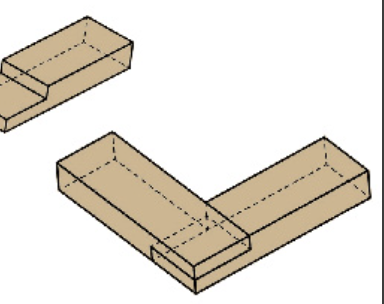
halved
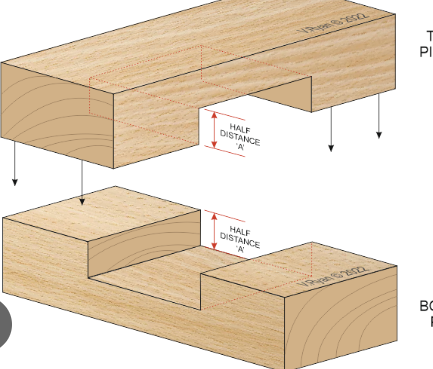
biscuit or plate joint

scarf

dado joint
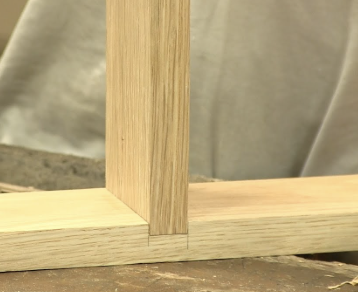
Muslin Drop w/ Batten

Drop
an unframed expanse of material, usually muslin or scrim, which provides the designer with an unbroken painting surface of almost any dimension
Usually used for the back piece of a set, backgrounds, or backings for openings
Cut drops
A three-dimensional effect can be achieved with the use of a series of properly designed and executed cut drops. . . .allows portions of the drops to be cut and removed after the drops have been painted
This allows the audience to see through the layers of drops, imparting a sense of depth to the scene
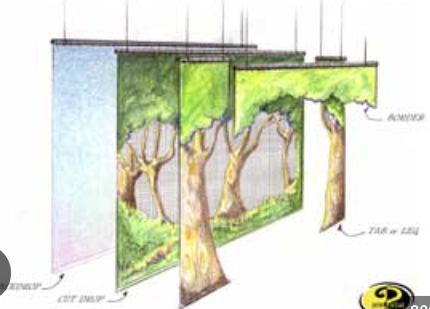
Pipe or chain pocket

Framed scenery
simple, inexpensive, and efficient framing system to be two-dimensional scenery
flats
the basic framing components of a flat are the top and bottom rails, stiles, toggles, diagonal braces, corner blocks, and keystones
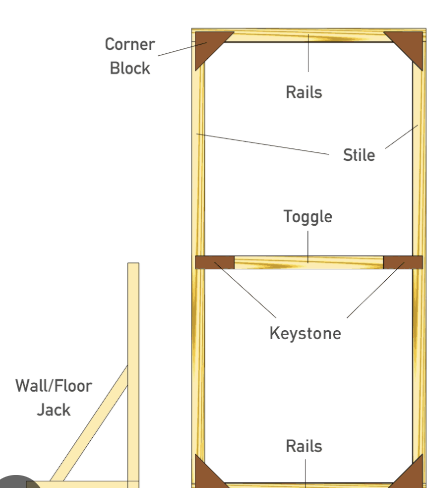
The cut list
A cut list is a list of the number of pieces and sizes to be cut
The flat joint
joint used to assemble a flat is an essential end to edge butt joint reinforced with a piece of plywood
The corner block
positioned across the joint and secured with a pneumatic stapler using wire staples and glue
If staplers are not available, use fasteners such as screws or clout nails
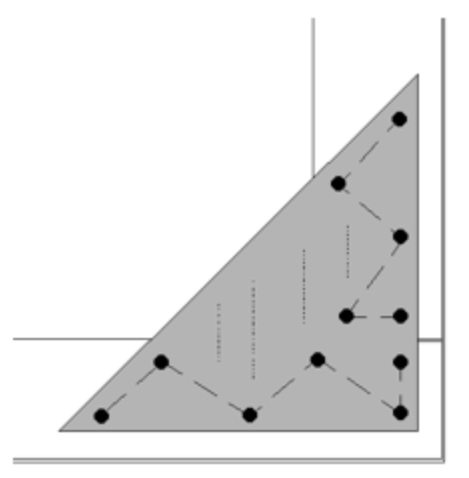
Two important provisions must be met in assembling this joint
For maximum strength, position the cornerblock to it runs perpendicular to the line of the butt joint
There should be no gap between the two framing members of the flat
Keystone
similar to the corner block to reinforce the internal joints or a flat (has a variety of shapes and sizes to create custom joining plates)
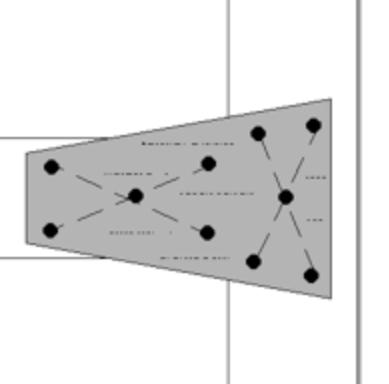
Flat Assembly
1) creating the framing stock
2) follow the cut list
3) For the corners, position the corner block and orient the grain of the cornerblock across the seam of the joint
4) Assemble the toggle and then set the keystone across the joint
5) Set the diagonal braces in place and secure with modified keystones
Door and window flats
similar to flat assembly
Soft Covering flats
to begin, place the assembled frame face up on a set of sawhorses so that you have access to all sides of the flat
Using scissors or other cutting tools, cut across the threads in both directions
Method 1 of Soft Covering flats
position the fabric over the flat frame with the selvage aligned along the outer edge of one of the stiles. Staple the fabric on the face of the stile along the inside edge. . . staples will be removed once the glue is dry
Must acquire a sense of how much the fabric will shrink
Too little tension and the fabric will droop and wiggle
Too much tension and the fabric will warp the frame
Method 2 of Soft Covering flats
faster but requires a second person, a little more experience and the ability to work quickly. . . .then apply glue over the framing members and after, drape the fabric over the glued frame
Hard Covering Flats
in some situations, a fabric covering may not be adequate or desirable. . . hard covering flats is more costly, but it produces a much stronger and more durable scenic unit. Applying a hard cover is also much simpler and faster than stretching fabric, saving potentially costly labor
Studio flats
aka TV flats or hollywood flats are a combination of traditional flat construction and residential framing techniques created for film and television production. They are stronger and more rigid than traditional flats
Curved Walls
built using an adaptation of studio flat construction techniques. The top and bottom rails and the toggles are made from plywood or appropriately sized stock. The radius of the curved wall is cut into these framing members
Steel Flat Frames
steel is rapidly becoming a serious alternative to wooden flat frames. Steel tube frames are stronger for their weight than wood frames, longer lasting and more adaptable as stock scenery. Soft - covered flats are still best constructed with wood frames because of the difficultly of attaching fabric to steel